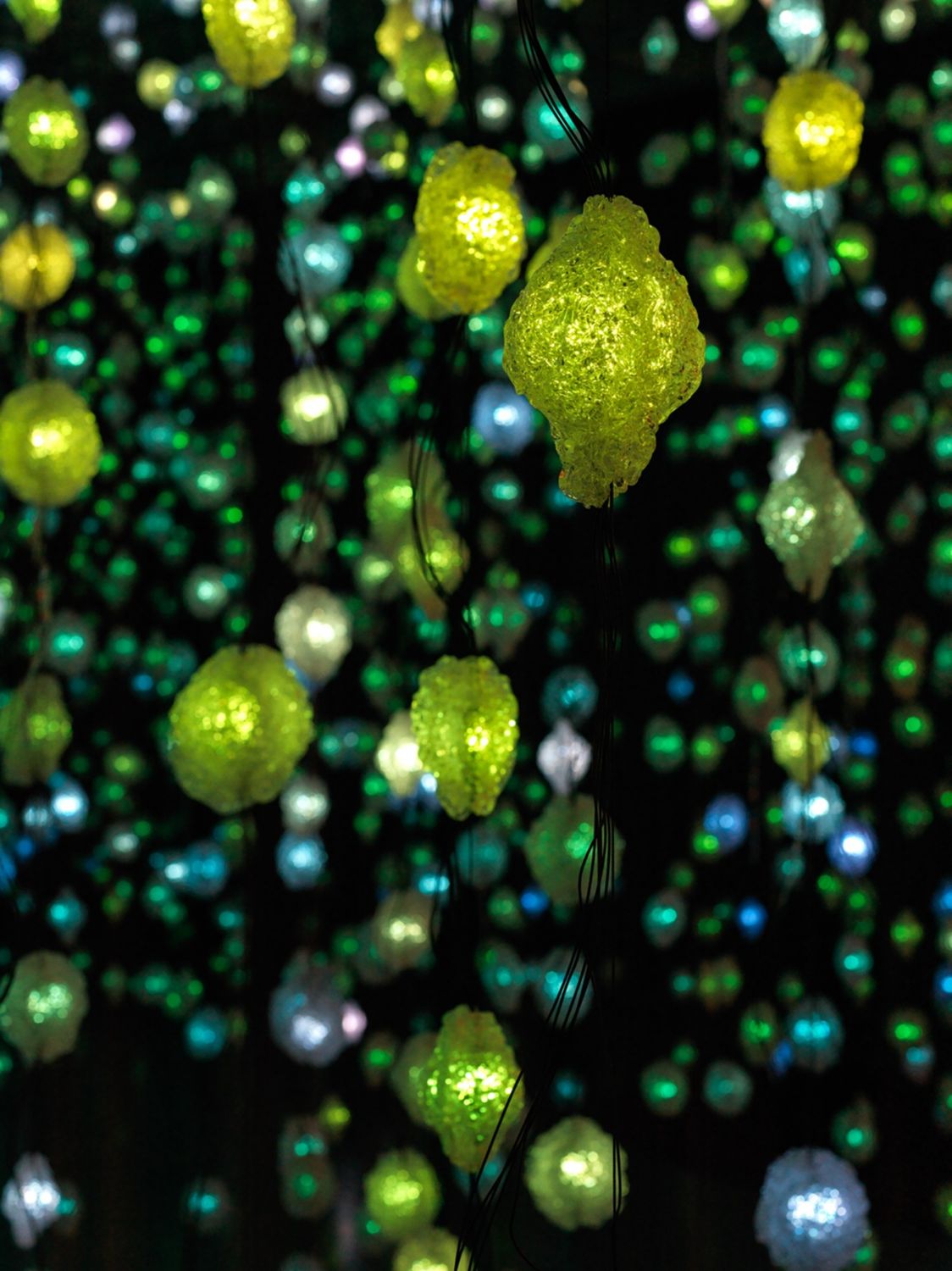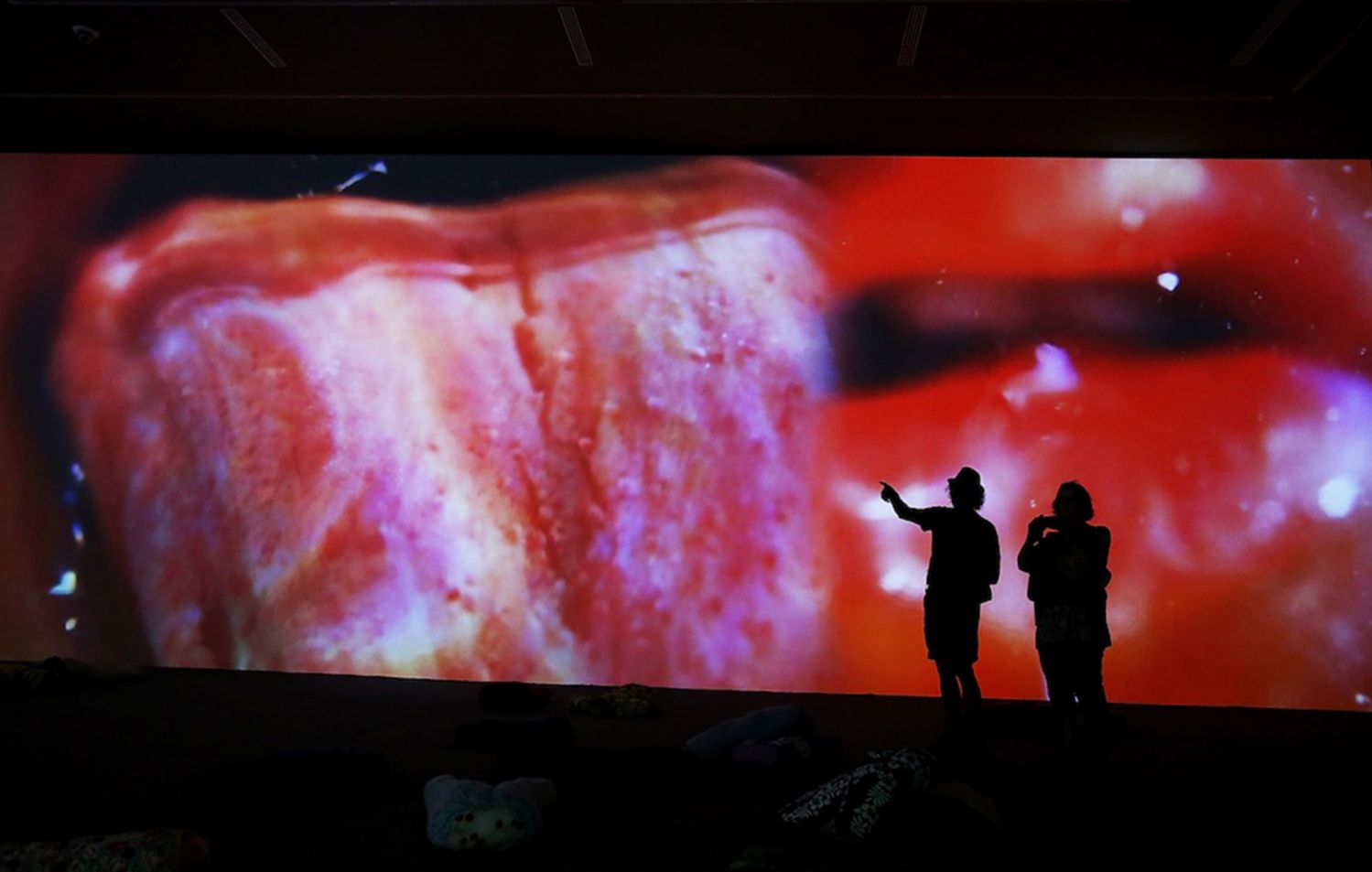The celebrated video artist urges us to get comfortable in our own skin—and do the same for others
Swiss artist Pipilotti Rist had a revelation during quarantine about her workout habits. “I’m going to train naked; that’s my thing for the future. I hate the feeling of sweat sticking to my skin; why do we need clothes? There’s less to wash this way too.” This won’t be the last time we talk about nudity.
While some people were driven to distraction during their three weeks of Hong Kong government-mandated quarantine, Rist found it to be oddly valuable. “I thought I would just be jumping around like a wild dog waiting to be let out, but I’ve actually learnt some good things,” the artist tells Tatler over video chat from her hotel room on her last day of quarantine.
That didn’t stop her from heading straight from quarantine to a site visit to test the video projections for her upcoming show Behind Your Eyelid. “There’ll be this kind of ‘wonder-light’ that caresses the bodies of people, dogs and even trees,” she says of the effect of the new works she’s creating for the show, one of which will be projected onto Tai Kwun’s publicly accessible outdoor prison yard. She is set to transform the JC Contemporary galleries into surreal settings with her signature vibrant video installations which are designed to be immersive experiences, rather than just looked at.

Rist has been a pioneering force in video art since the 1980s, known for bringing colour, wonder and scale to the medium. Her signature aesthetic features bright, saturated colours and close-up imagery of nature, surfaces and skin, with an incredible attention to detail. “Maybe it’s because I’m so short-sighted,” jokes Rist, her bright blue eyes widening behind her circular, gold-rimmed glasses. “I always want to go closer. Even as a child when I used to watch films, I would have this illusion that if I [got up] really close, maybe I could go inside.”
Rist’s installations are designed to stimulate all the senses, so each video has a specially composed soundtrack which combines with the zoomed-in visuals to induce a meditative effect. Visitors are meant to sit or even lie down on carpeted floors or bean bags to soak in her detailed and often slightly disconcerting imagery. Her works, such as Pixel Forest Motherboard (2016), often incorporate amorphous glowing acrylic forms which hang from the ceiling like brightly coloured lights.







